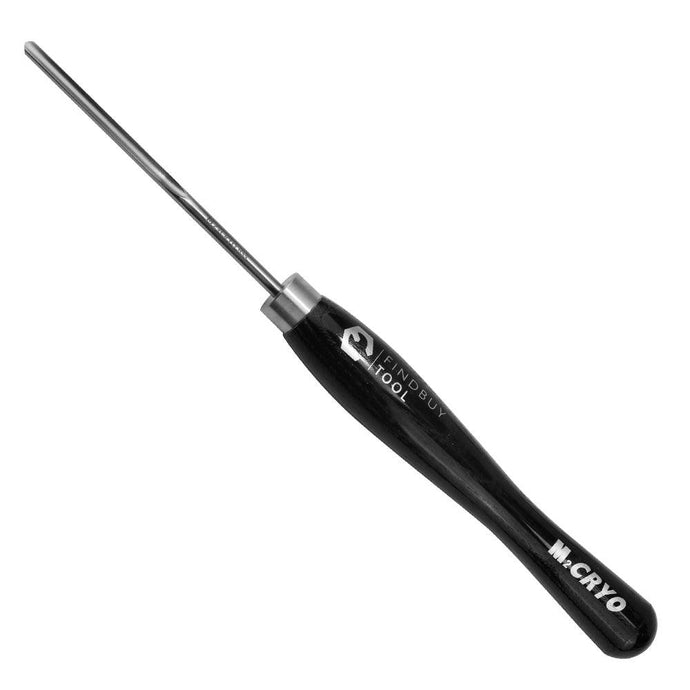Starting Right: The Importance of Lathe Speed in Woodturning Success
When embarking on a woodturning project, one of the first decisions you must make is the speed at which to start your lathe. This critical factor influences not only the quality of your finished piece but also your safety and overall experience in the workshop. The appropriate speed depends on various elements, including the type of wood being used, the size and shape of the workpiece, and the specific turning operations you intend to perform. Understanding how to set your lathe speed correctly is essential for achieving the best results.As a general guideline, starting at a lower speed is advisable when you first engage your lathe. Most woodturning enthusiasts recommend beginning at speeds ranging from 300 to 600 RPM (revolutions per minute) for the initial stages of your project. This range allows you to establish control over the workpiece while ensuring that the cutting tools engage the wood without excessive force. Starting slow provides a stable foundation, reducing the risk of catches that can occur at higher speeds, especially with unbalanced or irregularly shaped workpieces.
The type of wood you are working with plays a significant role in determining the optimal starting speed. Softer woods, such as pine or cedar, can typically be turned at slightly higher speeds without much risk. Conversely, harder woods like oak or maple may require you to start at the lower end of the RPM range to maintain control and achieve clean cuts. Each wood species exhibits different grain patterns and densities, which can influence how it behaves on the lathe. Familiarizing yourself with the characteristics of the wood you are using will aid in determining the best starting speed.
Another critical factor to consider when setting lathe speed is the size of the workpiece. Larger pieces of wood, particularly those with significant mass or irregular shapes, require lower speeds to ensure stability during turning. If the lathe is spinning too fast, these larger workpieces can become unbalanced, leading to vibrations and potential accidents. For larger bowls or platters, starting at around 200 to 400 RPM is often recommended. As you remove material and the piece becomes more balanced, you can gradually increase the speed.
On the other hand, smaller projects, such as pens or spindles, can be started at higher speeds, often in the range of 1,000 to 2,000 RPM. The reduced mass of these smaller pieces allows for greater stability even at higher rotational speeds, enabling you to achieve smoother finishes and faster cuts. However, it is essential to approach these higher speeds with caution, as improper handling can lead to catches and splintering.
As you gain experience in woodturning, you will develop an intuition for adjusting lathe speeds based on the specific project at hand. After starting at a lower speed and establishing control, you can gradually increase the RPM as you refine your cuts and achieve the desired shape. This gradual increase not only enhances your control but also allows you to assess how the wood responds to the tools at various speeds. A good practice is to listen to the sound of the cutting tool against the wood; a consistent, smooth sound often indicates a well-adjusted speed, while a high-pitched squeal may signal that the lathe is spinning too fast for the given material.
It's important to remember that lathe speed should not only be based on the type and size of the wood but also on the type of cut you are making. For roughing cuts, which involve removing a significant amount of material, lower speeds are ideal for maintaining control and preventing tool catches. For finishing cuts, where a smooth surface is desired, higher speeds may be more effective. Adjusting the speed according to the stage of your turning process will yield better results and ensure a smoother final product.
Regular maintenance of your lathe is also essential in achieving consistent speeds. Ensure that the lathe is in good working condition, and check that all components are secure and functioning correctly. Any vibrations or instability in the lathe can affect the speed at which the workpiece turns, leading to unpredictable results.
Finally, always prioritize safety when adjusting your lathe speed. Wear appropriate personal protective equipment, such as safety goggles and a dust mask, to shield yourself from flying debris and wood dust. Keep your workspace organized and free of clutter, and ensure that all tools are securely fastened before engaging the lathe. By establishing a safe and controlled environment, you can focus on honing your woodturning skills without unnecessary distractions.
Choosing the right speed when starting your lathe is a fundamental aspect of woodturning that can significantly impact your results. By beginning at a lower RPM, considering the type of wood and size of the workpiece, and adjusting your speed as you gain control, you will set yourself up for success. With practice and experience, you'll develop the skills necessary to master lathe speed, allowing you to create stunning, intricate pieces of art that reflect your craftsmanship and creativity. So, the next time you step up to your lathe, remember that starting at the right speed is not just a technical decision; it's the first step on your journey toward becoming a proficient woodturner.



